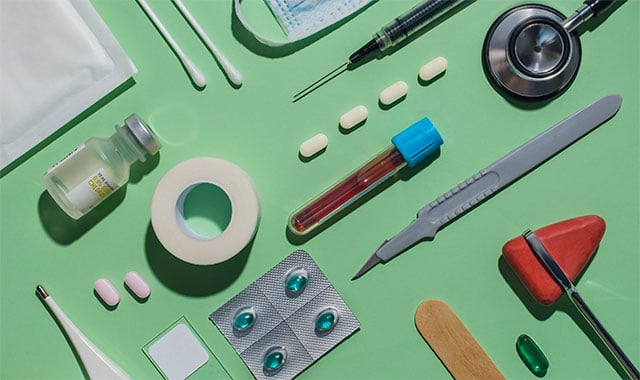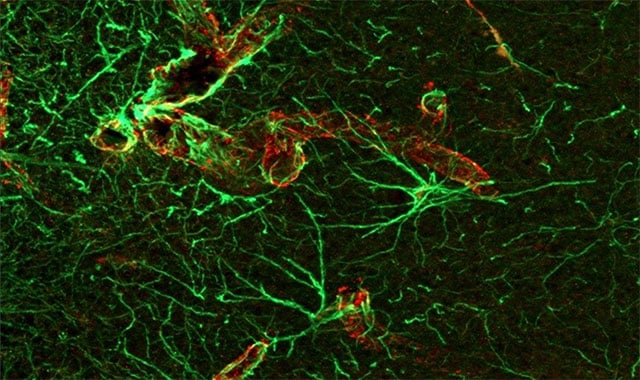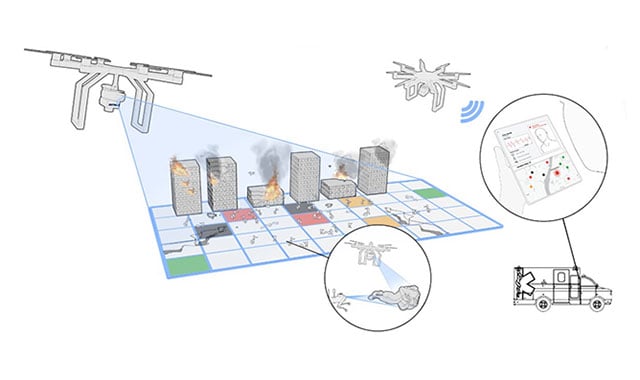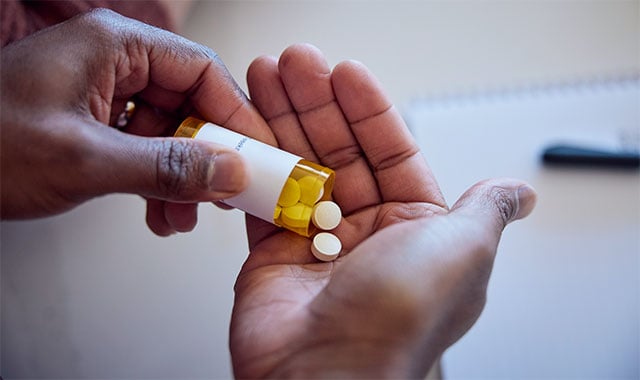New Perspectives on Accelerating Genetic Nanomedicines Through the Regulatory Pathway

Accelerating Genetic Nanomedicines: Navigating the Regulatory Pathways
A new era of personalized medicine is upon us. Gene therapies and nanomedicines are at the forefront of this revolution and are changing how we approach disease treatment and prevention.
However, their potential can only be realized if we navigate the regulatory pathway effectively. This will require collaboration, transparency, and a commitment to patient safety. As we continue to explore the potential of these therapies, we must also ensure we have the regulatory frameworks in place to support their safe and effective use.
In this blog, we will explore how we can accelerate these genetic nanomedicines through the regulatory pathways and pave the way for these powerful, personalized treatments.
The Convergence of Gene Therapy and Nanomedicine
Gene therapies, coupled with nanocarrier technology, have emerged as transformative tools with the potential to revolutionize medicine. Gene therapy, the practice of modifying or replacing genes to treat or prevent diseases, is being advanced through nanocarriers, like the lipid nanoparticles (LNPs) that were key to the mRNA vaccines for Covid-19. Polymer nanoparticles (PNPs) are the next innovative step that will enable gene therapies in the next decade.
These tiny carriers serve as precision delivery vehicles that navigate the human body to transport their payloads with accuracy and efficacy.
PNPs present a diverse toolbox of delivery vehicles that can be used to develop powerful gene therapeutics, opening doors for targeted, personalized treatments.
So, as the field advances, how should we think about these gene therapies and nanocarriers from a regulatory perspective?
Regulatory Perspective: Drugs, Devices, and Biological Products
The FDA (Food and Drug Administration) has already established some broad classes: drugs, devices, and biological products. They differ in that they achieve their intended purpose in different ways: drugs chemically and devices mechanically.
Biological products are a subset of drugs comprised of biomacromolecules, like proteins, viruses, and gene therapies.
The union of a drug and device can lead to some very impressive combination products, and a single drug delivery device can serve as a springboard for multiple combination products. Autoinjector pens are a notable example of platform devices such as these, where the same device can deliver various drugs.
These devices, such as the Molly® modular platform, Novo Pen®, and Syrina®, are being used not as bespoke products but as platforms that can be leveraged in multiple combination products.
Navigating the Regulatory Pathways
The regulatory pathway for drug products involves rigorous testing and clinical trials to evaluate their safety and efficacy. However, the unique nature of genetic nanomedicine presents new challenges. For instance, how do you measure the long-term effects of editing a person's genes? Or how do you ensure nanocarriers target the right cells without causing unintended harm?
Regulatory bodies are adopting a risk-based approach to address these challenges, focusing on the therapies' potential risks and benefits. They are also engaging with stakeholders, including researchers, healthcare professionals, and patients, to understand their perspectives and concerns.
Nanoparticles as Gene Delivery Platforms
While nanoparticles are not actually devices, we can leverage this way of thinking toward them here.
Consider the FDA approval process for genetic nanomedicines that use a lipid nanoparticle nanocarrier to deliver a gene to a target cell or tissue type. The lipid nanoparticle could be treated as a novel lipid excipient, or as just one component of the final biologic product.
Each path has its own set of advantages and risks. Treating the nanoparticle as a novel excipient provides valuable safety and efficacy information of the nanoparticle and de-risks clinical trials for drug products that use those excipients, but it also adds more testing and evaluation burden, as many of the tests performed on the excipient will need to be repeated for the drug product. This is because the interaction between a nanoparticle and a genetic payload can vary significantly based on the nuclear base makeup with significant implications on the final product.
A one-delivery vehicle platform with a family of nanocarriers may de-risk the clinical trial pipeline while minimizing the preclinical testing and evaluable burden for drugs that use those nanocarriers, accelerating the translation of dozens of new biological drug products.
Ideally, we could adopt a model that is analogous to the combination products that use a single drug delivery device for multiple different drugs. In this way, we could leverage a delivery vehicle platform containing a family of nanocarriers that have already been tested as excipients for safety and efficacy, which can be combined with multiple products to produce a variety of new biological drug products.
To achieve this, we need a library of diverse nanocarriers characterized according to critical quality attributes like composition, molecular weight, particle size, and stability when combined with an active pharmaceutical ingredient (API). We also need to understand their demonstrated biodistribution and any dose-limiting toxicity when delivered with a model payload. This approach may be a way to significantly de-risk the clinical trial pipeline.
Battelle Leveraging an Innovative Platform to Accelerate Translation to the Clinic
Researchers at Battelle have developed an innovative solution to this problem: the HIT SCAN™ platform. The HIT SCAN platform is a revolutionary approach to nanoparticle discovery and library creation. It combines automated polymer synthesis, high throughput in vivo and vitro screening, and machine learning-directed design to create a vast library of nanoparticles.
The platform is designed to create a vast array of nanoparticles with the potential to deliver gene therapies to any cell in the body, introducing new possibilities for treating a wide range of diseases.
Battelle’s HIT SCAN platform uses a design-build-test-learn approach. The process begins with automated polymer synthesis. We start with an infinite universe of polymer compositions, which are then rigorously tested using standard methods. The data from these tests is then analyzed, providing valuable insights into these nanoparticles' properties and potential applications.
Some of these nanoparticles have shown a propensity to appear in the lung, heart, and central nervous system. The goal is to eventually be able to deliver gene therapies to any cell in the body.
The HIT SCAN platform is designed to track where each nanoparticle travels by labeling each polymer nanoparticle with a unique DNA barcode. This accelerates the screening process and provides us with a wealth of biodistribution data on these polymer compositions.
The data from these screens is then used to train artificial neural networks. These networks are being used to build a model of the human body, allowing us to predict where a new polymer composition will go and how it will behave based on its chemical makeup.
Our goal is a paradigm shift, where nanoparticles are a platform for delivering various biotherapeutics, not just a bespoke tool for delivering a specific payload. This well-characterized library of nanoparticles will be a valuable tool, with data on their composition, molecular weight, biodistribution, preclinical acute toxicity, and delivery efficiency.
This is a big idea, and it is not without its challenges. But at Battelle, we believe that with perseverance, it can be done. The HIT SCAN platform has the potential to revolutionize gene therapy, opening new possibilities for treating a wide range of diseases. We are excited about the future and look forward to sharing our progress as we continue to develop and refine this innovative platform.

Tony Duong, Ph.D.
Nanoscientist, Lead Drug Delivery Scientist
Dr. Duong has 14 years of experience performing polymer and lipid nano/microparticle drug delivery research and building agile biomedical research teams with competitive intellectual property strategies. His experiences in academia and industry have allowed him to develop a unique understanding of nanoscience combined with a knowledge of the patent landscape to form competitive intellectual property strategies. At Battelle, he has led technical efforts on several programs, bringing together business development and technical teams spanning national security, environment and agriculture, and heath
Related Blogs
BATTELLE UPDATES
Receive updates from Battelle for an all-access pass to the incredible work of Battelle researchers.









